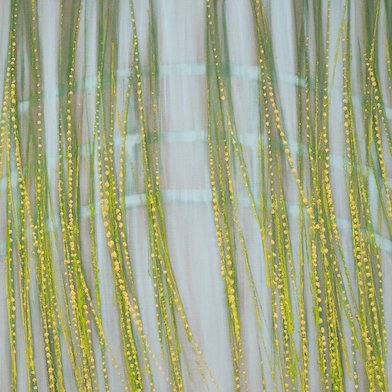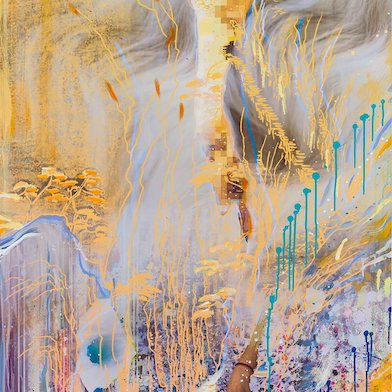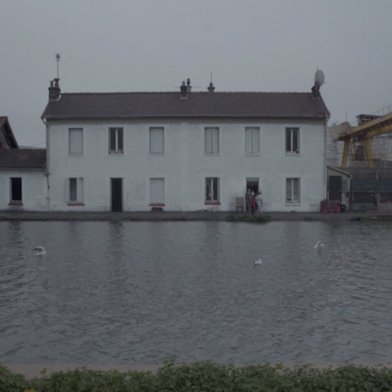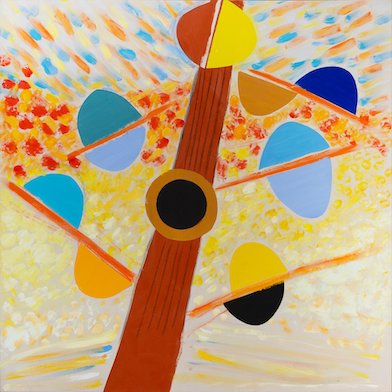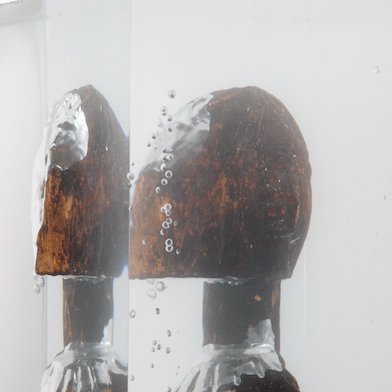Open: Mon & Thu-Sun 11am-6pm
Visit
The City Lost and Found: Capturing New York, Chicago, and Los Angeles, 1960–1980
The Art Institute of Chicago, Chicago
Sun 26 Oct 2014 to Sun 11 Jan 2015
111 S Michigan Avenue, IL 60603 The City Lost and Found: Capturing New York, Chicago, and Los Angeles, 1960–1980
Mon & Thu-Sun 11am-6pm
The City Lost and Found: Capturing New York, Chicago, and Los Angeles, 1960–1980 at The Art Institute of Chicago, from October 26, 2014 to January 11, 2015
The American city of the 1960s and 1970s experienced seismic physical changes and social transformations, from urban decay and political protests to massive highways that threatened vibrant neighborhoods. Nowhere was this sense of crisis more evident than in the country’s three largest cities: New York, Chicago, and Los Angeles. Yet in this climate of uncertainty and upheaval, the streets and neighborhoods of these cities offered places where a host of different actors—photographers, artists, filmmakers, planners, and activists—could transform these conditions of crisis into opportunities for civic discourse and creative expression.
Installation Views






The City Lost and Found: Capturing New York, Chicago, and Los Angeles, 1960–1980 at The Art Institute of Chicago, from October 26, 2014 to January 11, 2015
The American city of the 1960s and 1970s experienced seismic physical changes and social transformations, from urban decay and political protests to massive highways that threatened vibrant neighborhoods. Nowhere was this sense of crisis more evident than in the country’s three largest cities: New York, Chicago, and Los Angeles. Yet in this climate of uncertainty and upheaval, the streets and neighborhoods of these cities offered places where a host of different actors—photographers, artists, filmmakers, planners, and activists—could transform these conditions of crisis into opportunities for civic discourse and creative expression.
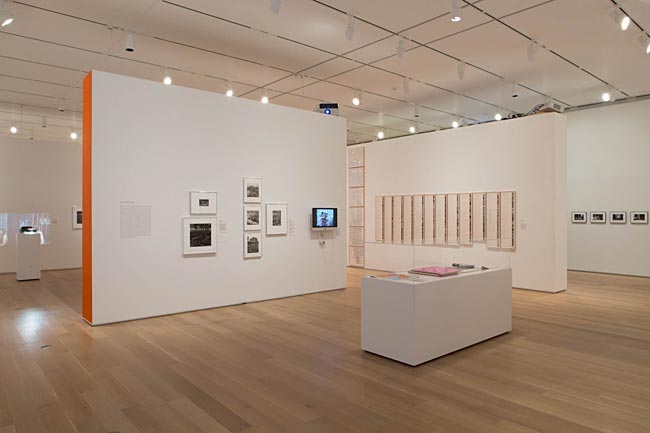




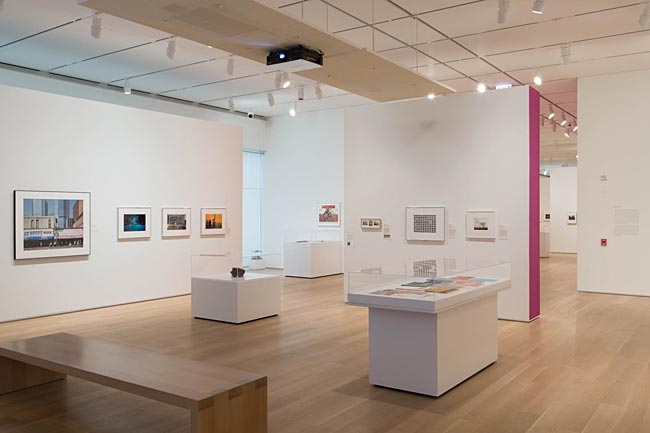
The City Lost and Found is the first exhibition to explore this seminal period through the emergence of new photographic and cinematic practices that reached from the art world to the pages of Life magazine. Instead of aerial views and sweeping panoramas, photographers and filmmakers turned to in-depth studies of streets, pedestrian life, neighborhoods, and seminal urban events, like Bruce Davidson’s two-year study of a single block in Harlem, East 100th Street (1966–68). These new forms of photography offered the public a complex image of urban life and experience while also allowing architects, planners, and journalists to imagine and propose new futures for American cities.
Drawn from the Art Institute’s holdings, as well as from more than 30 collections across the United States, this exhibition brings together a large range of media, from slideshows and planning documents to photo collage and artist books. The City Lost and Found showcases important bodies of work by renowned photographers and photojournalists such as Thomas Struth, Martha Rosler, and Barton Silverman, along with artists known for their profound connections to place, such as Romare Bearden in New York and ASCO in Los Angeles. In addition, projects like artist Allan Kaprow’s Chicago happening, Moving, and architect Shadrach Wood’s hybrid plan for SoHo demonstrate how photography and film were used in unconventional ways to make critical statements about the stakes of urban change. Blurring traditional boundaries between artists, activists, planners, and journalists, The City Lost and Found offers an unprecedented opportunity to experience the deep interconnections between art practices and the political, social, and geographic realities of American cities in the 1960s and 1970s.
